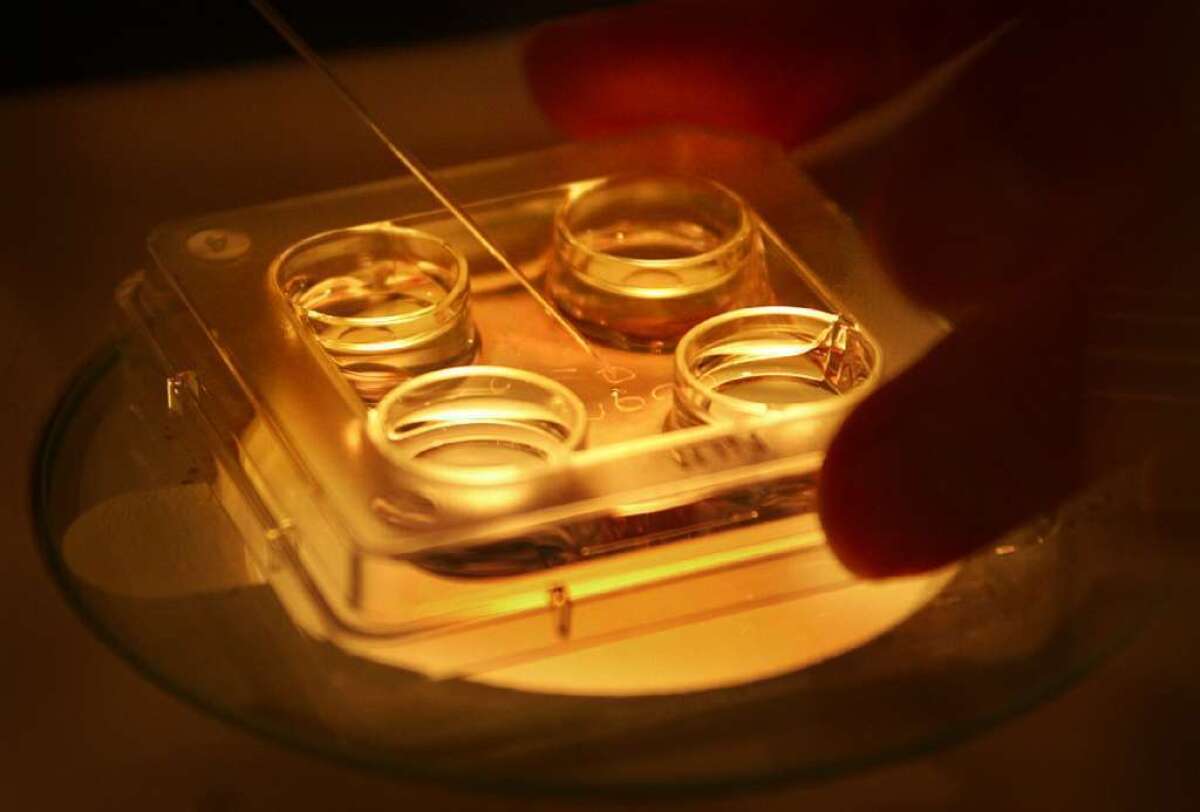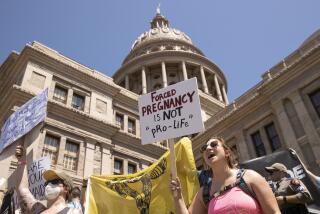More than 1.5% of American babies owe their births to IVF, report says

More than 1.5% of babies born in 2013 owe their lives to in vitro fertilization, and fewer of them were twins or triplets, according to new figures from the Society for Assisted Reproductive Technology.
A total of 63,286 babies were born as a result of 174,962 attempts to use assisted reproduction treatments, the SART report says. Both figures represent small increases from 2012.
Nearly all of these babies were conceived as a result of IVF. Fewer than 1% of the attempts involved gamete intrafallopian transfer (GIFT) and zygote intrafallopian transfer (ZIFT), both of which are more invasive than IVF.
Women younger than 35 had the most success with these fertility treatments. In this age group, attempts involving a woman’s own, fresh eggs resulted in live births 40% of the time. In cases where women used their own eggs that had been frozen and then thawed, the success rate was 44%.
The older the patient, the lower the birth rate:
For women between the ages of 35 and 37, 31% of assisted reproduction cycles using fresh eggs ended with a baby, along with 40% of cycles involving previously frozen eggs.
In the 38-to-40 age group, live births resulted in 21% of ART cycles using fresh eggs and 35% of cycles using thawed eggs.
For women who were 41 or 42, the birth rate was 11% when using fresh eggs and 31% when using previously frozen eggs.
In cases where women were 43 or older, 5% of cycles using fresh eggs and 21% of cycles using thawed eggs led to a baby.
For the first time, the medical society published figures on assisted reproduction attempts involving embryos donated by couples who did not plan to use them for their own families. In 2013, 1,201 such embryos were implanted in women, and 41% of those transfers resulted in a live birth.
The most striking figures in the report involved the number of embryos women elected to transfer at a time. The hefty expense of fertility treatments -- which isn’t always covered by health insurance plans -- prompts many women to transfer many embryos at once to maximize the chance that at least one will implant and make it to term. But that also makes triplets, quadruplets and other higher-order multiples more likely -- and that’s dangerous for both mother and children.
So fertility specialists have made a point of encouraging women to transfer fewer embryos at a time. And it seems to be working: Twenty-three percent of women under 35 opted for a single embryo transfer in 2013, up from 15% the year before.
Overall, women in the youngest age group transferred an average of 1.8 embryos per cycle involving fresh eggs. The older the women, the higher the average, which ranged from 1.9 (for the 35-to-37 cohort) to 2.8 (for those 43 and older). In cycles involving eggs that had been frozen, the average number of embryos transferred was below 2 for all age groups.
The result was 12,085 twin births and 376 triplet births in 2013, down from 12,436 twins and 411 triplets in 2012.
“The goal of reducing the incidence of multiple pregnancies is extremely important,” Dr. James Toner, the president of SART, said in a statement. “Patients can see from the data that fewer embryos transferred do not mean a lower chance of pregnancy.”
For more medical news, follow me on Twitter @LATkarenkaplan and “like” Los Angeles Times Science & Health on Facebook.







